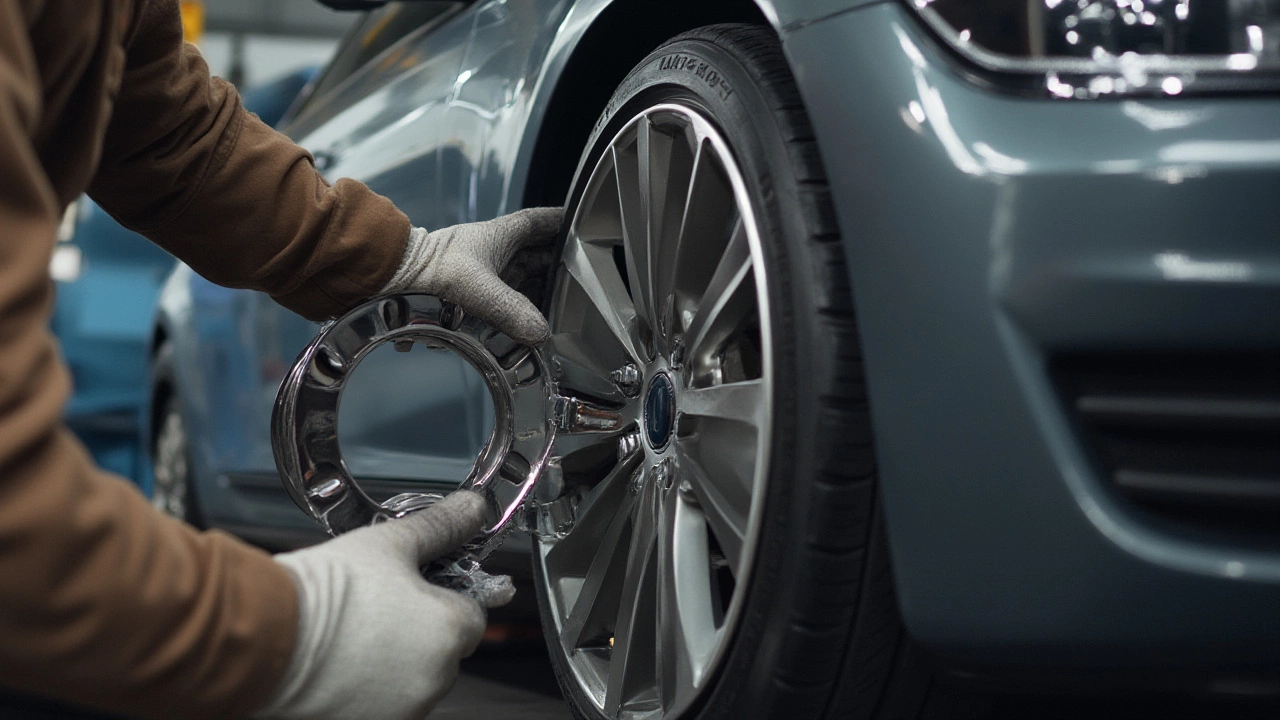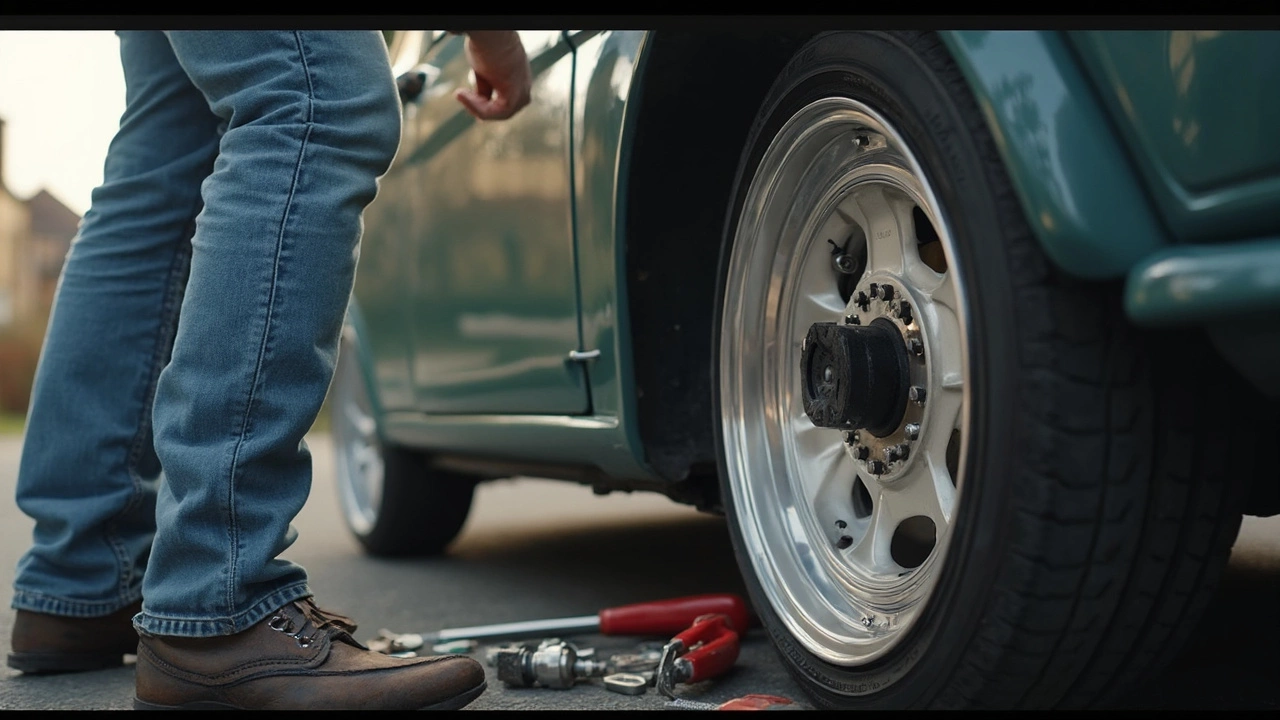Wheel Fitment Made Simple – Pick the Right Wheels for Your Ride
Got new wheels on the wishlist but not sure if they'll actually fit? You’re not alone. Most car owners stumble over bolt patterns, offsets, and clearances before they even think about buying a set. This guide cuts the jargon and gives you the exact steps to make sure your wheels sit perfectly, look great, and stay safe.
Key Measurements to Check
The first thing you need is the bolt pattern. Count the lug holes and measure the distance between opposite holes – it’s usually written as something like 5x112. Next, note the centre bore (the hole in the middle of the wheel). Your car’s hub bore must match or be larger; otherwise you’ll need a hub‑centric ring.
Offset is the distance from the wheel’s mounting face to its centre line. Positive offset pushes the wheel inward, negative pushes it outward. Most passenger cars use a positive offset between 30 and 45 mm. If you’re swapping to a wider wheel, check that the new offset won’t cause the tyre to rub the fender or suspension.
Diameter and width are easier – just pick the size your car’s tyre rating supports. A 16‑inch wheel can take a 205/55 tyre, while a 18‑inch wheel might need a 225/40 tyre. Stay within the manufacturer’s load rating to avoid stress on the axle.
When to Use Wheel Spacers or Staggered Fitment
Wheel spacers are a quick fix if you want a wider stance without changing the wheel offset. They push the wheel outward, giving a more aggressive look and sometimes better handling. But remember, each millimetre adds stress to the wheel studs and can affect steering feel. Use high‑quality spacers that match your bolt pattern and keep the thickness under 5 mm for most street cars.
Staggered fitment means the front and rear wheels have different widths. This is common on performance builds – wider rears for grip, narrower fronts for steering precision. If you go staggered, make sure the tyre sizes are compatible with the car’s suspension geometry and that the spare tyre fits one of the two sizes.
Finally, always do a test fit before you hit the road. Put the wheel on, spin it, and look for any rubbing when you turn the steering wheel fully left and right. If you see any contact, either trim the fender, adjust the offset, or choose a slightly narrower wheel.
Following these steps saves you from costly returns and unsafe driving. At Nottingham Car Wraps & Styling we’ve helped dozens of drivers find the perfect wheel fitment for their performance and visual goals. Got a question about a specific fit? Drop us a line and we’ll walk you through the numbers.
Curious if wheel spacers are safe? Get the facts on risks, installation tips, and how spacers affect your car’s safety and handling. No-nonsense answers from real experience.
Wondering if you need wheel spacers? This article walks you through what wheel spacers do, the signs you might need them, and how to spot real-life fitment problems. Get practical guidance on what to look for, common benefits, and possible risks. Learn how wheel spacers change your vehicle’s look and handling, plus smart tips for safe installation. No hype, just what every car owner should know.


